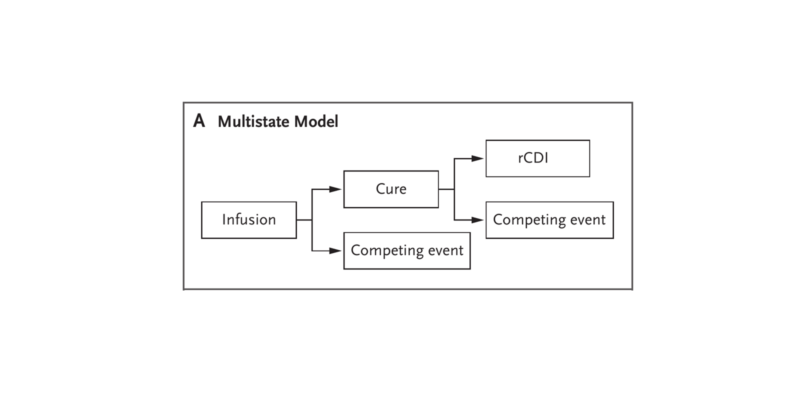HAIs: “Appropriate Statistical Treatment is Urgently Needed”
Prof. Dr. Martin Wolkewitz's Story
Standard statistical models often lead to biased or wrong conclusions. We are concerned about the statistical models that correct this and work on convincing people that improvements are necessary
Background
Prof. Dr. Martin Wolkewitz is a mathematician with a PhD in epidemiology. His focus is on data analysis and modeling, particularly regarding hospital-acquired infections (HAI). From the Institute of Medical Biometry and Statistics in Freiburg, Prof. Wolkewitz and his team create statistical models to quantify specific questions on HAI and antimicrobial resistance (AMR).
Martin is a member of STAT-Net, and has been leading the academic side of COMBACTE-MAGNET’s WP3B since 2012. In STAT-Net, Martin and his team look at statistical issues regarding randomized trials, and in WP3B at statistical issues regarding observational trials.
His work in COMBACTE has resulted in many important scientific papers published in various important journals. For an overview of these papers, visit the COMBACTE Publication Library.
“I’ve been working at the Institute of Medical Statistics for about 13 years. We established novel statistical models because standard models that are being applied lead to biased or wrong conclusions.”
Such an example is quantifying the prolonged length of hospital stay due to HAI. According to Martin and his team, correctly estimating the change in patients’ length-of-stay is challenging and often prone to bias. In this case, a so-called ‘time-dependent’ bias.
“If you ignore the time of infection, you highly overestimate the effect of the infection and the length of stay. And this is why we also need some more advanced models to acknowledge the time-dependent bias. This is a very severe bias.”

Sommer, H, Timsit, JF, Wolkewitz, M (2017). Bezlotoxumab and Recurrent Clostridium difficile Infection. N. Engl. J. Med., 376, 16:1594.
Multistate models
“The methodology that we use would acknowledges the length of stay before and after the infection, because only the length of stay after the infection can be contributed to the infection. The length of stay before the infection is a risk factor for the infection and not a consequence. This seems obvious, but for the statistical point of view you have to incorporate this mechanism in the models”.
Bias can also occur in clinical trials, for instance regarding recurring infections in patients with HAIs. “A common problem is that deaths occur in the treatment follow-up. Certain analyses count those who die as still potentially at risk to get a recurring infection. Some analyses condition on future events, and they ignore if a patient is still alive or not – which is clinically relevant information.
We develop new multistate models that acknowledge and calculate how many patients get cured of the first infection and how many stay alive without a recurring infection. These models have more plausible outcomes and give more transparency of the data.”
Data sources
The data used to apply these statistical models comes from either previous and current (COMBACTE) clinical trials, or is simulated. “Our field of research is wide. On one hand, we have the pure mathematical formulas. On the other hand, we have some simulated data and real data” says Prof. Wolkewitz.

“What we are looking to achieve is providing sounder statistical models that get proper estimates and results which can be communicated to the patients”



